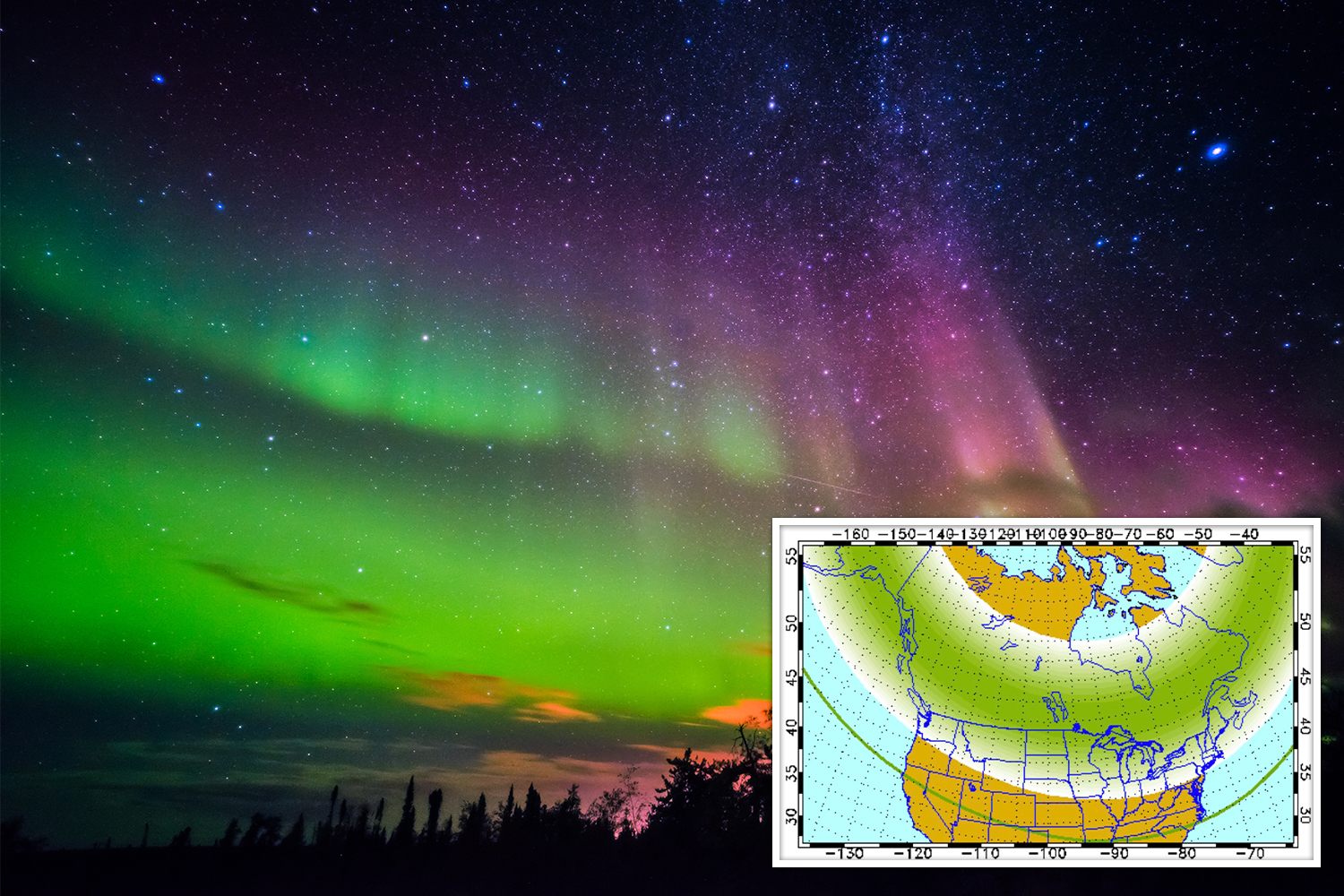Northern Lights Could Appear Early This Week!

The northern lights, or Aurora Borealis, are one of nature's most awe-inspiring phenomena, captivating observers with their vibrant colors and ethereal movements across the night sky. As we enter this week, excitement is building among astronomy enthusiasts and casual sky gazers alike, as reports suggest that conditions may be favorable for viewing these mesmerizing lights. With solar activity on the rise and forecasts indicating a potential geomagnetic storm, the northern lights could appear early this week, providing a stunning visual display for those fortunate enough to catch a glimpse.
Many factors contribute to the visibility of the auroras, including solar wind patterns and the Earth's magnetic field alignment. As charged particles from the sun interact with the Earth's atmosphere, they create the dazzling light show that has fascinated humanity for centuries. This week, the forecast indicates heightened solar activity, raising hopes that the northern lights could make a spectacular appearance, especially in regions closer to the Arctic Circle. Those living in northern latitudes, like Canada, Alaska, and Scandinavia, should keep their eyes to the sky!
In anticipation of this celestial event, let's explore everything you need to know about the northern lights, how to maximize your chances of seeing them, and what to expect as this week unfolds. Whether you're a seasoned aurora chaser or a curious newcomer, the northern lights could appear early this week, and it promises to be an unforgettable experience.
What Causes the Northern Lights?
The captivating display of the northern lights is caused by the interaction of solar particles with the Earth's magnetic field. When the sun emits solar wind—streams of charged particles—these particles travel through space and can collide with the gases in our atmosphere, primarily oxygen and nitrogen. This collision releases energy in the form of light, creating the beautiful colors of the auroras.
Where Are the Best Places to See the Northern Lights?
To increase your chances of witnessing the northern lights, it's essential to be in the right location. Here are some of the best places known for aurora sightings:
- Fairbanks, Alaska
- Yellowknife, Canada
- Tromsø, Norway
- Reykjavik, Iceland
- Lapland, Finland
When is the Best Time to See the Northern Lights?
The northern lights are typically visible from late September to early April, with the peak viewing season occurring around the equinoxes in March and September. However, solar activity can fluctuate, which means that unexpected displays can happen at any time during the winter months.
How Can You Prepare for Northern Lights Watching?
If you're planning to witness the northern lights this week, here are some tips to enhance your experience:
- Check the aurora forecasts online for real-time updates.
- Find a dark location away from city lights.
- Dress warmly in layers to stay comfortable.
- Bring a camera to capture the spectacular displays.
- Be patient and allow time for your eyes to adjust to the darkness.
What Are the Different Colors of the Northern Lights?
The colors of the northern lights can vary based on the type of gas involved in the collisions and the altitude at which they occur. Some common colors include:
- Green: The most common color, caused by oxygen at lower altitudes.
- Red: Caused by oxygen at higher altitudes.
- Purple and blue: Resulting from nitrogen interactions.
- Pink: A combination of oxygen and nitrogen emissions.
Will the Northern Lights Be Visible This Week?
As mentioned earlier, meteorologists are predicting a rise in solar activity this week, which could result in an increased chance of the northern lights appearing. Make sure to stay informed through local news and aurora tracking sites to catch updates on the best viewing times.
How to Photograph the Northern Lights?
Capturing the beauty of the northern lights on camera can be a rewarding experience. Here are some tips for photographing this stunning display:
- Use a tripod to stabilize your camera.
- Set your camera to manual mode to control exposure settings.
- Experiment with long exposure times to capture the movement of the lights.
- Use a wide-angle lens to capture more of the sky.
- Consider using a remote shutter release to minimize camera shake.
Conclusion: Are You Ready for the Northern Lights This Week?
The anticipation surrounding the northern lights could appear early this week is palpable, as sky watchers eagerly await the chance to experience one of nature's most breathtaking displays. With favorable conditions predicted, now is the time to prepare and set your sights on the heavens. Whether you are venturing into the wilderness or simply stepping outside your home, keep your eyes peeled for the enchanting glow of the auroras. This week may just hold the magic you've been waiting for!
ncG1vNJzZmirn521b6%2FOpmasp5idu6bD0qCcq7FnZLuwvtOhnKumXaG2qLTTrGScp6WhsW6tz6mcmqpdmq6zuNhmq6Gho2LEprHKZ5%2BtpZw%3D